Beijing, the capital of China, offers a rich tapestry of historical and cultural landmarks. Here are the top 10 tourist attractions you should definitely visit, each with a description, highlights, useful tips, and how to get there:
1. The Forbidden City
The Forbidden City, also known as the Palace Museum, was the imperial palace of the Ming and Qing Dynasties. Constructed in 1420, it is one of the most well-preserved historical sites in China. The complex is composed of nearly 1,000 buildings and covers about 180 acres. As the heart of the ancient Chinese empire for nearly 500 years, it holds an immense collection of artifacts, artworks, and traditional Chinese architecture.
Highlight:
- Home to over a million rare and valuable works of art.
- UNESCO World Heritage Site.
- Impressive architecture and vast courtyards.
Useful Tips:
- Visit early in the morning to avoid large crowds.
- Closed on Mondays, so plan accordingly.
- Wear comfortable shoes as there is a lot of walking involved.
How to Get There:
- Subway: Line 1 to Tiananmen East or Tiananmen West Station, then walk north through Tiananmen Square to the Meridian Gate.
- Bus: Several buses (1, 2, 52, 59, 82) stop near the square; you can walk from there.
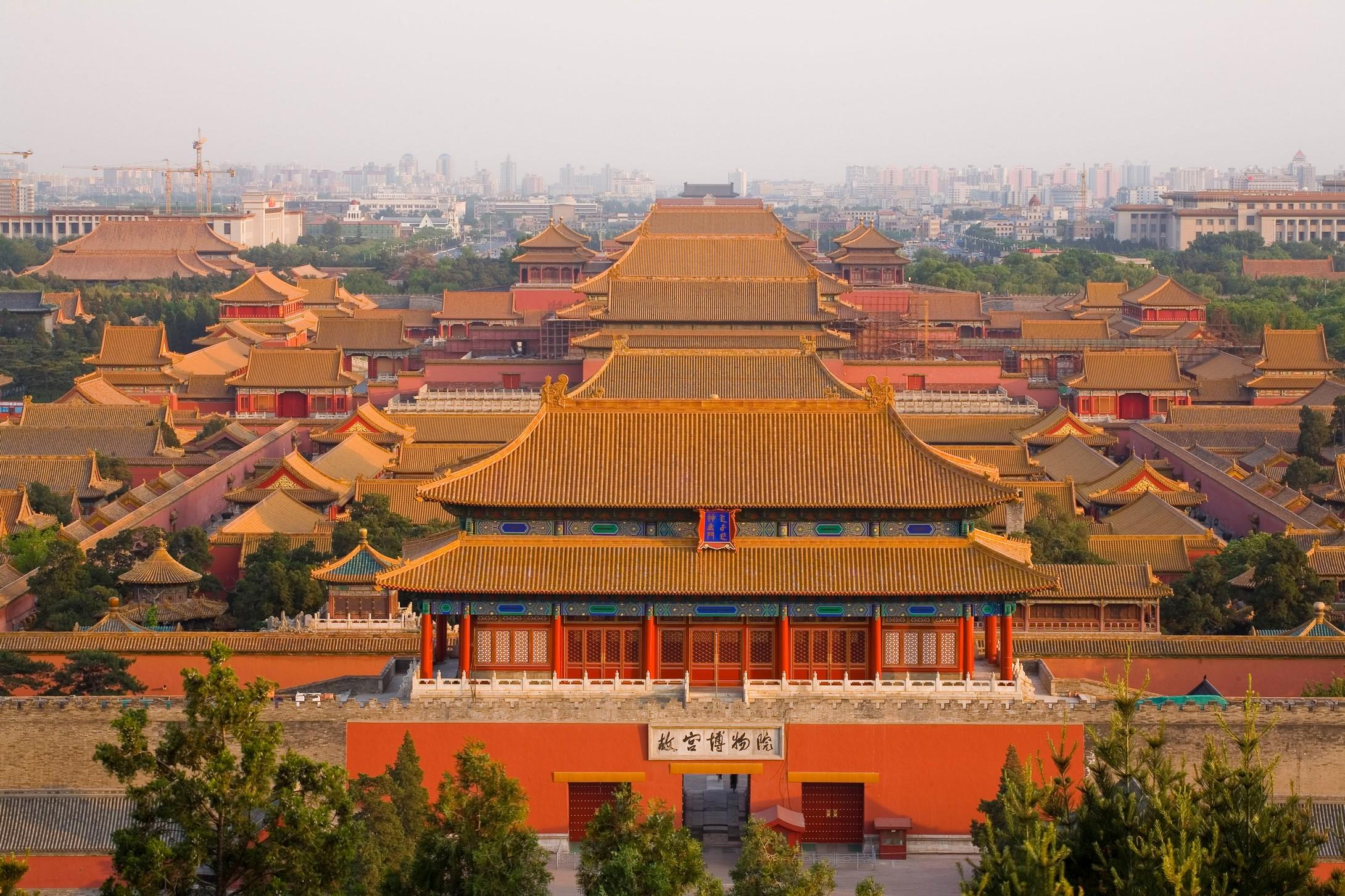
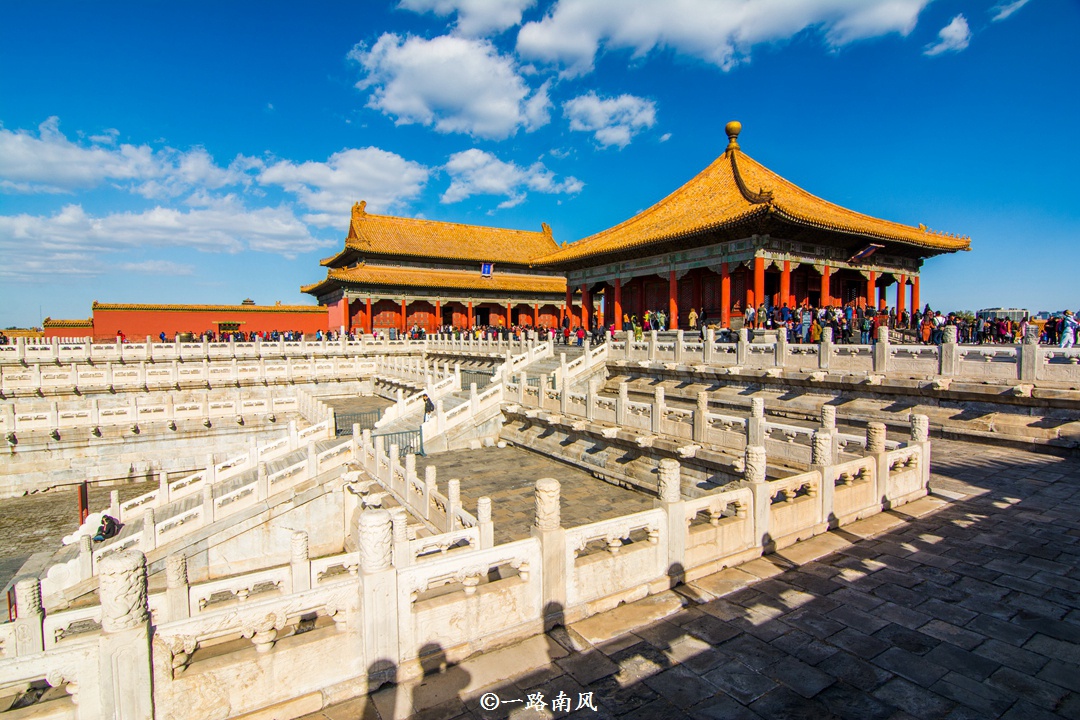
2. The Great Wall of China
The Great Wall of China is one of the most iconic symbols of China, stretching over 13,000 miles. The wall was initially built during the Qin Dynasty and expanded during subsequent dynasties to protect against invasions. Today, several restored sections near Beijing, such as Badaling, Mutianyu, and Jinshanling, are accessible to tourists.
Highlight:
- One of the Seven Wonders of the World.
- Scenic views from various high points.
- Rich historical significance.
Useful Tips:
- Visit Mutianyu for fewer crowds and a less commercialized experience.
- Wear suitable hiking shoes, especially if you plan to walk on rugged sections.
- Bring water and snacks, as facilities can be limited.
How to Get There:
- Mutianyu Section: Take a direct bus from Dongzhimen Bus Station to Mutianyu, or hire a private car.
- Badaling Section: Take the S2 train from Beijing North Railway Station or a bus from Deshengmen Bus Station.
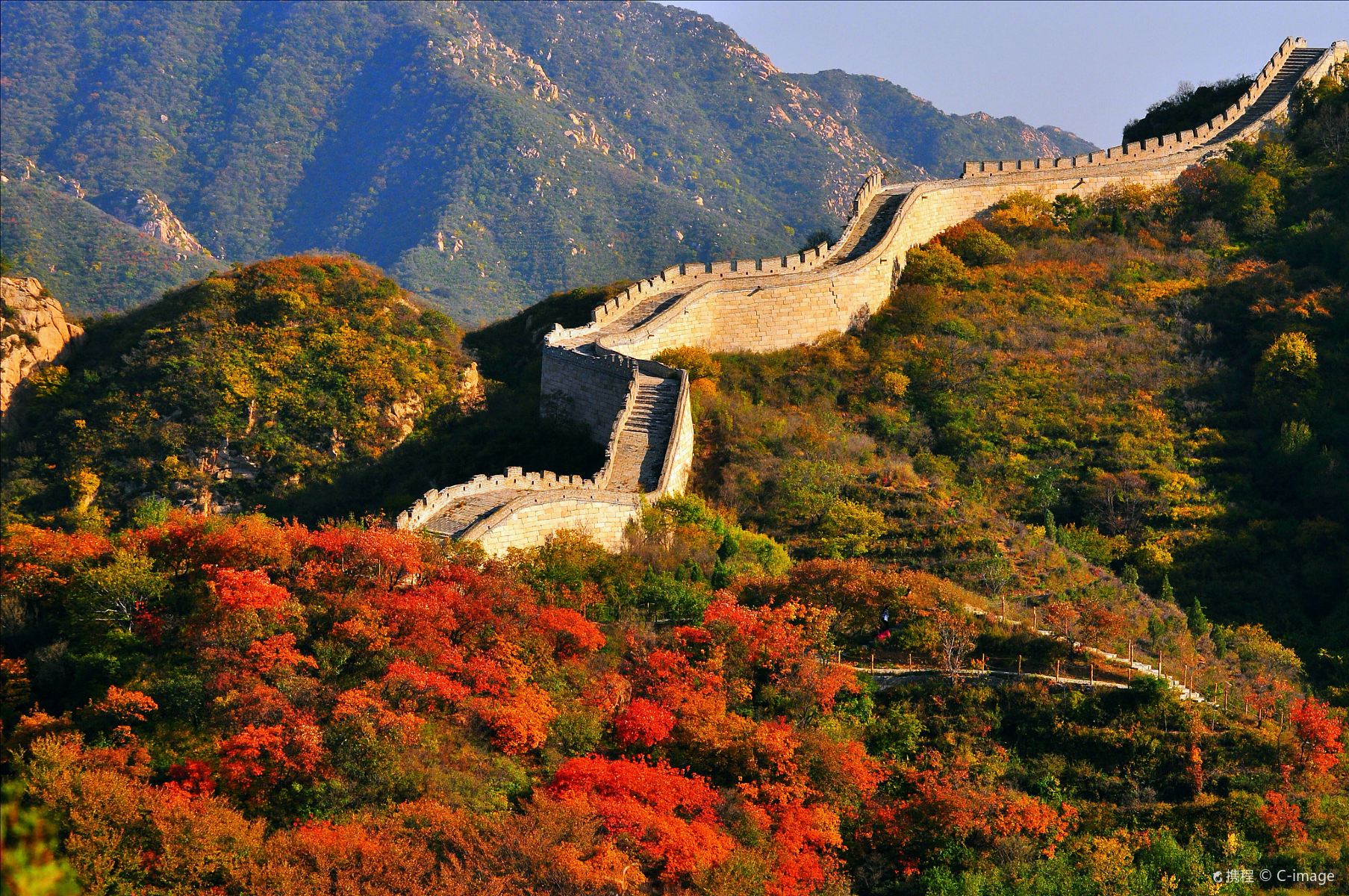
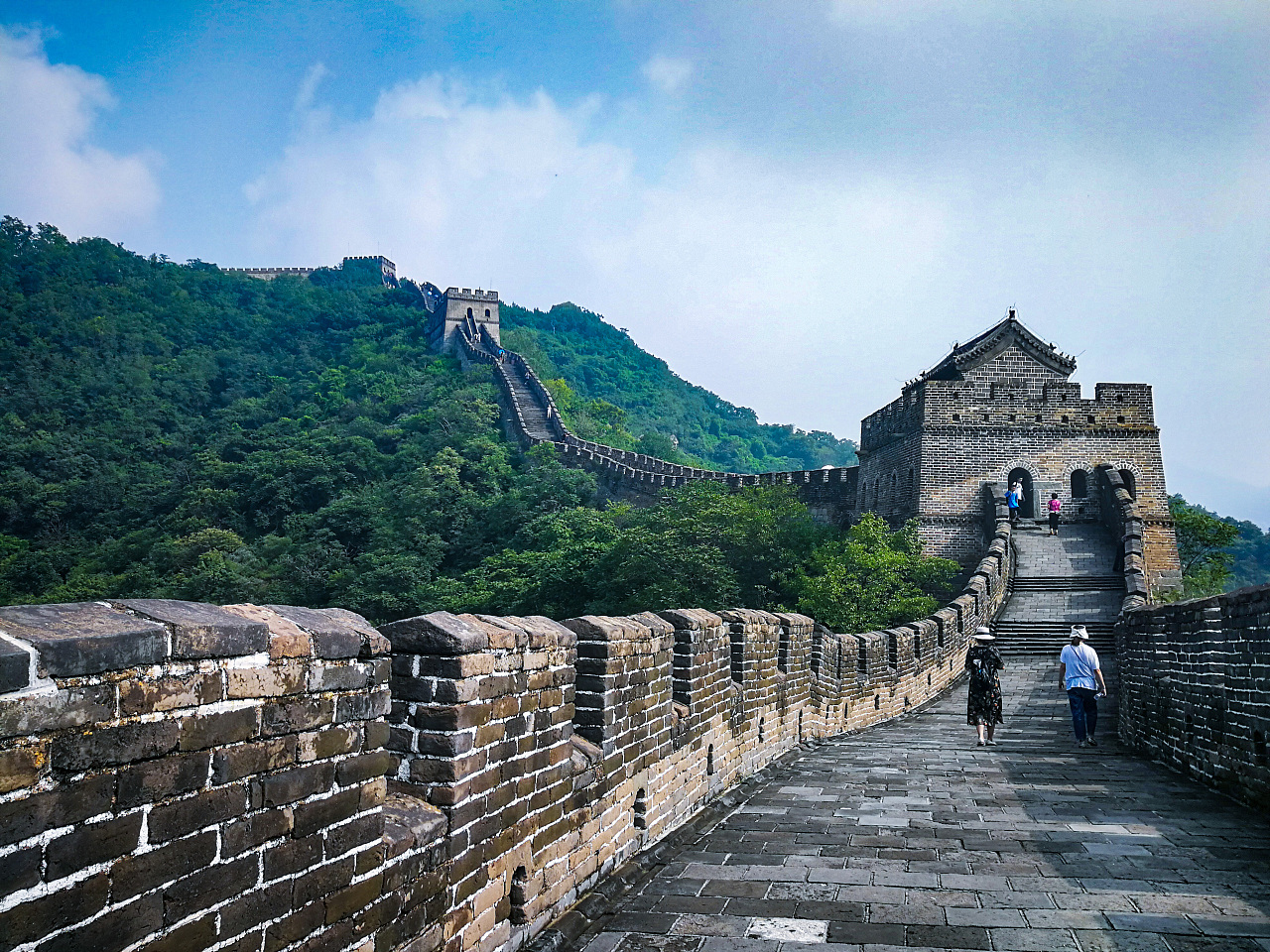
3. Tiananmen Square
Tiananmen Square is the largest public square in the world, covering 109 acres. It has been the site of numerous significant events in Chinese history and is surrounded by monumental buildings, including the Great Hall of the People, the National Museum of China, and Mao Zedong’s Mausoleum.
Highlight:
- The daily flag-raising and lowering ceremony.
- Proximity to other significant landmarks like the Forbidden City.
- The Monument to the People’s Heroes in the center of the square.
Useful Tips:
- Arrive early for the flag-raising ceremony.
- Security checks are rigorous, so avoid bringing prohibited items.
- Wear sun protection, as there is little shade in the square.
How to Get There:
- Subway: Line 1 to Tiananmen East or Tiananmen West Station.
- Bus: Numerous buses (1, 2, 5, 10) stop near the square.
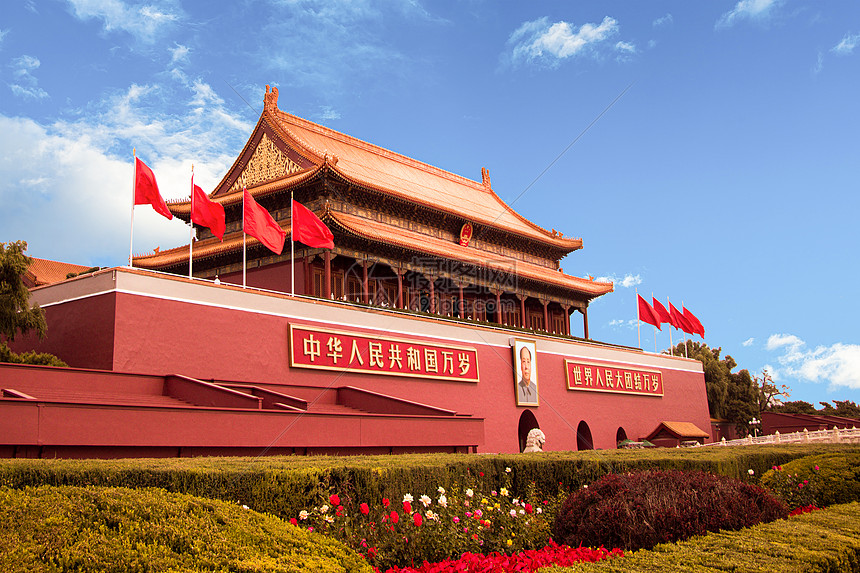
4. The Summer Palace
The Summer Palace, a UNESCO World Heritage Site, is a stunning imperial garden dating back to the Qing Dynasty. Covering 1.1 square miles, it features beautiful landscapes, including Kunming Lake and Longevity Hill, as well as numerous pavilions, bridges, and traditional halls.
Highlight:
- The Marble Boat and the Long Corridor adorned with intricate paintings.
- Scenic boat rides on Kunming Lake.
- Panoramic views from the top of Longevity Hill.
Useful Tips:
- Allocate at least half a day to explore thoroughly.
- Best visited in the early morning or late afternoon to avoid the midday heat.
- Wear comfortable walking shoes.
How to Get There:
- Subway: Line 4 to Beigongmen Station, then a short walk to the entrance.
- Bus: Several buses (303, 331, 332) stop near the Summer Palace.
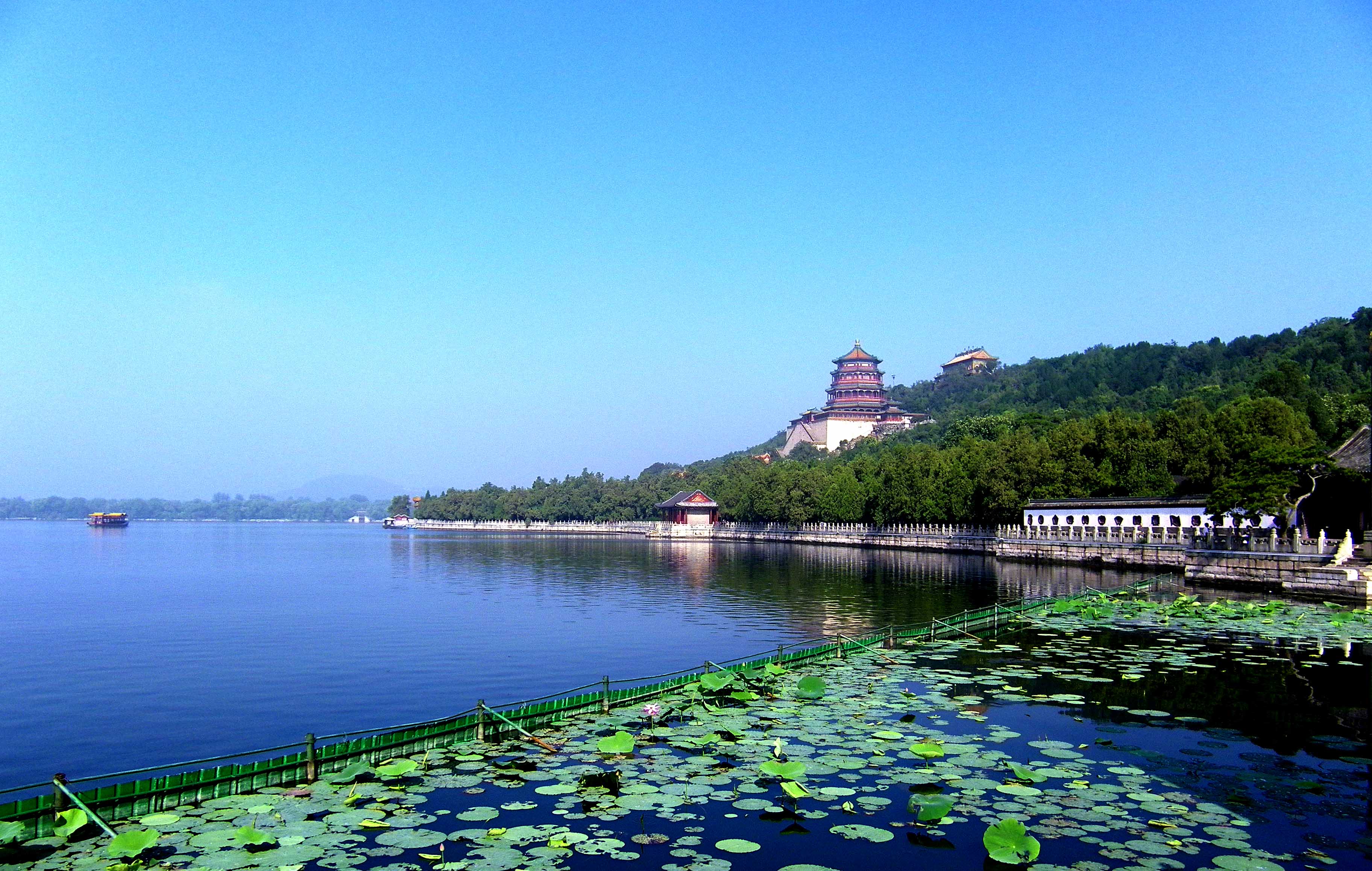
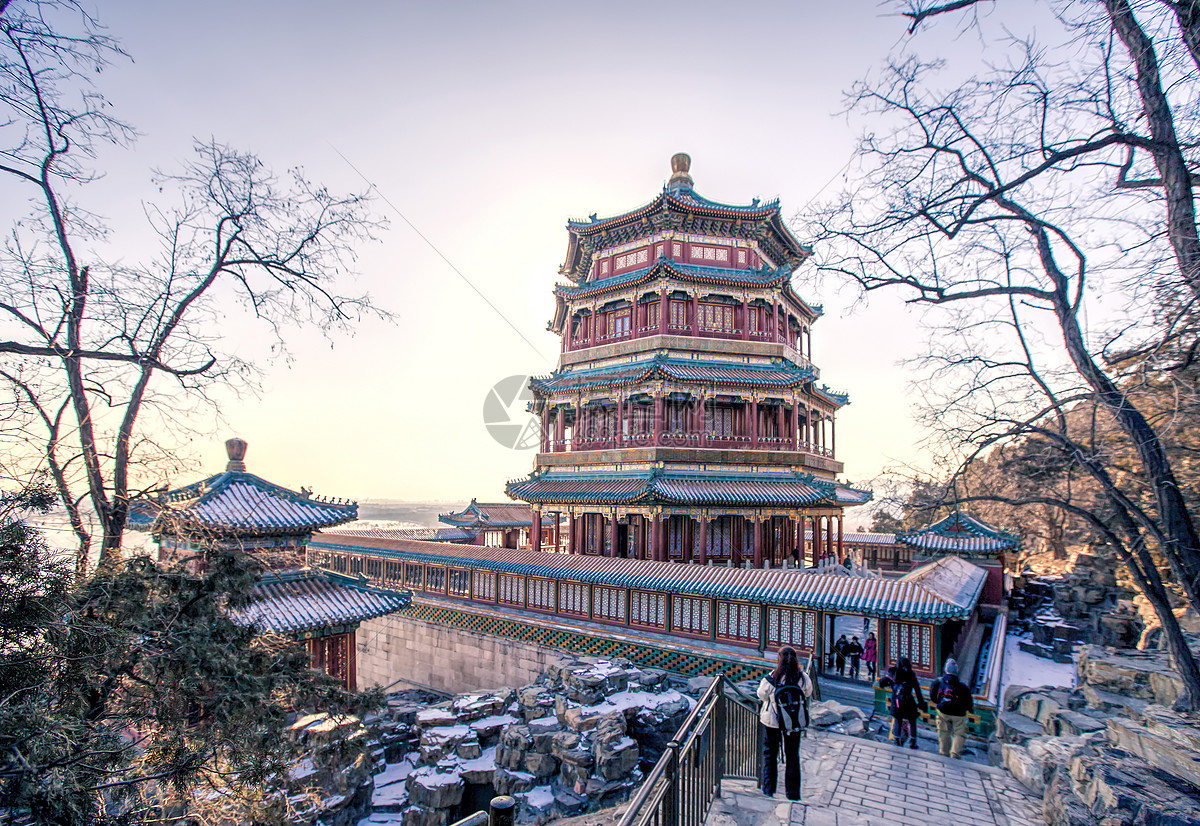
5. Temple of Heaven
The Temple of Heaven, or Tian Tan, is a complex of religious buildings situated in southeastern Beijing. Built in 1420, it was used by emperors of the Ming and Qing Dynasties for annual ceremonies of prayer to Heaven for a good harvest.
Highlight:
- The Hall of Prayer for Good Harvests, an iconic circular building.
- Beautiful gardens and ancient cypress trees.
- The Echo Wall and the Circular Mound Altar.
Useful Tips:
- Visit early in the morning to see locals practicing Tai Chi.
- Be prepared for a lot of walking.
- Photography is allowed, but tripods might be restricted in some areas.
How to Get There:
- Subway: Line 5 to Tiantan Dongmen Station.
- Bus: Several buses (6, 34, 35) stop near the east gate.

6. Hutongs
Hutongs are narrow alleys or lanes typical of Beijing’s old residential areas. Wandering through these ancient lanes offers a glimpse of traditional Chinese life and architecture. The most famous hutongs include Nanluoguxiang, Yandaixiejie, and the area around the Bell and Drum Towers.
Highlight:
- Traditional courtyard homes (siheyuan).
- Street food and small shops.
- Rickshaw tours providing historical context.
Useful Tips:
- Take a walking tour for a more immersive experience.
- Visit at different times of the day to experience varying atmospheres.
- Map out key hutongs you want to visit beforehand.
How to Get There:
- Subway: Line 6 to Nanluoguxiang Station or Line 2 to Shichahai Station.
- Bus: Various buses (3, 13, 42) stop near popular hutong areas.
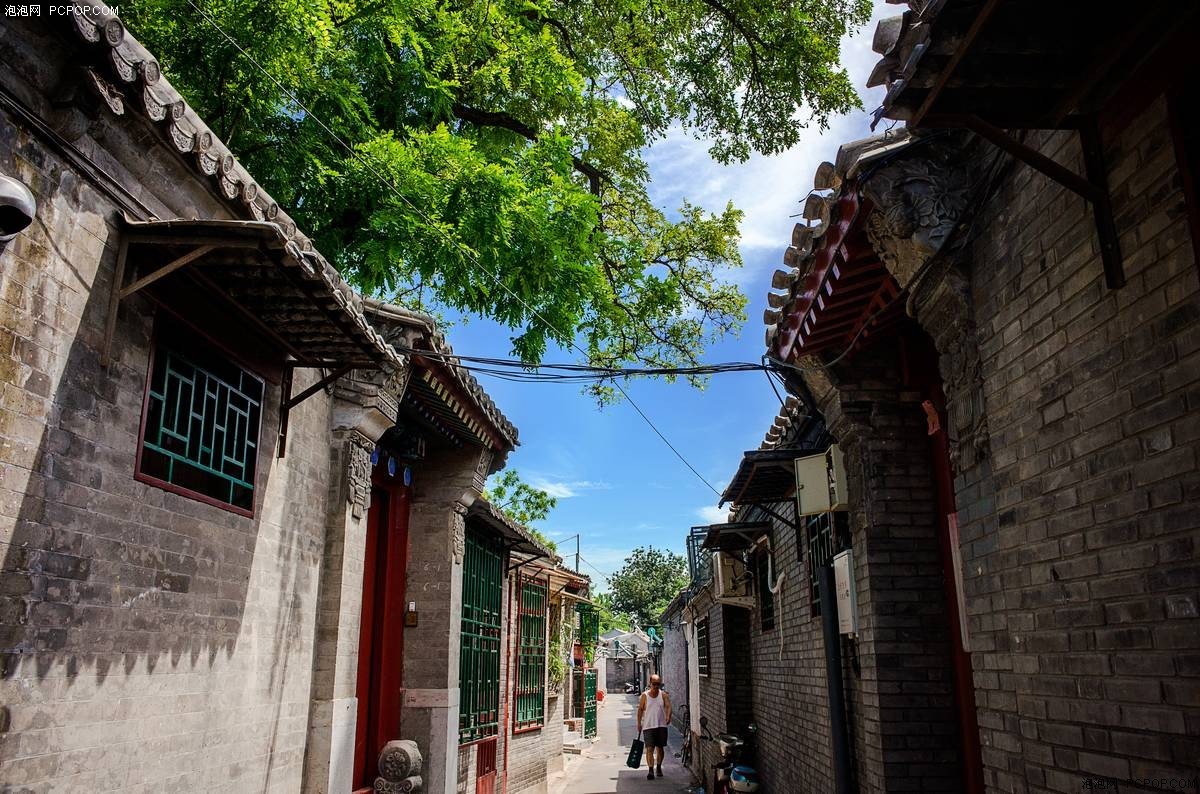
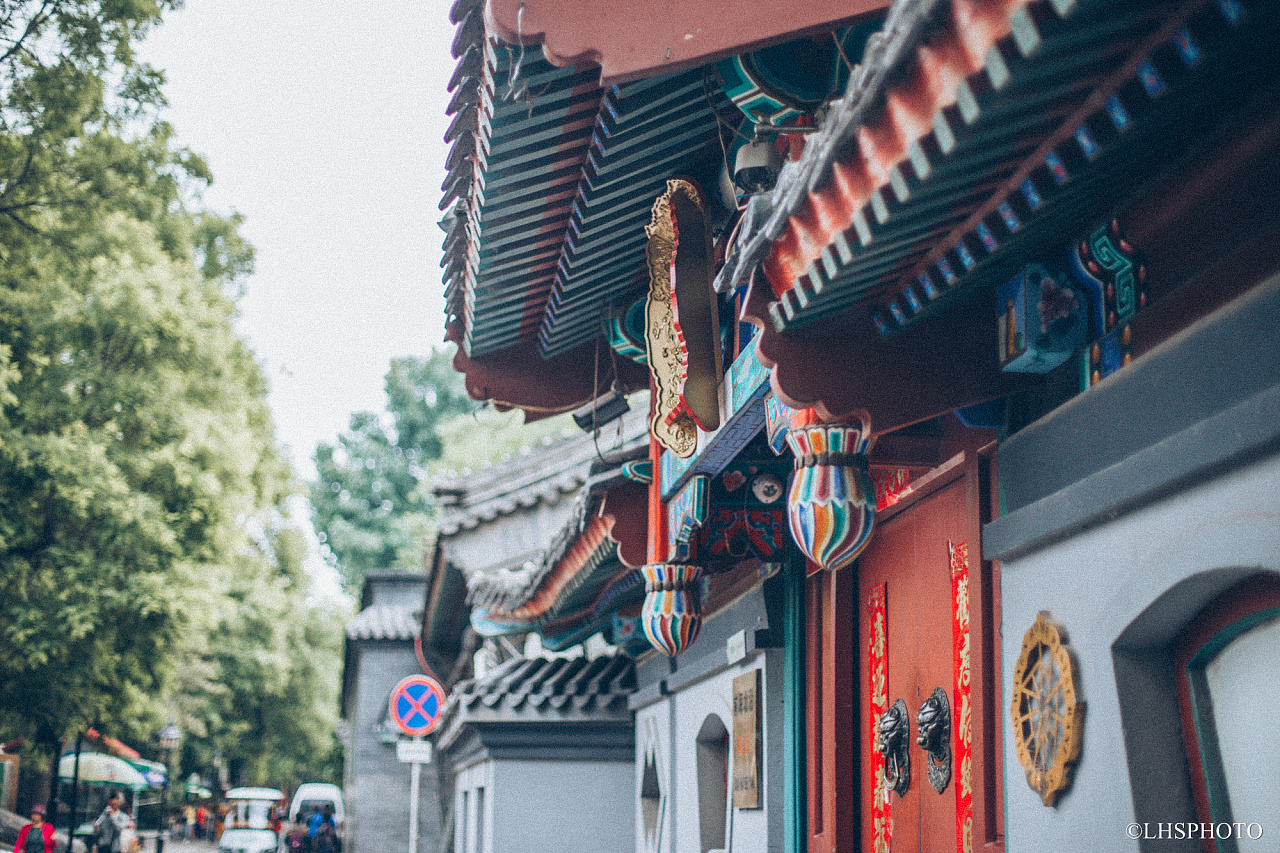
7. Lama Temple (Yonghe Temple)
The Lama Temple, also known as Yonghe Temple, is the largest and best-preserved Tibetan Buddhist monastery in Beijing. Originally built in 1694 as a residence for court eunuchs, it was later converted into a lamasery in 1744. It features beautiful Tibetan art, incense-filled halls, and intricate architecture.
Highlight:
- The 18-meter tall statue of Maitreya Buddha carved from a single piece of white sandalwood.
- The Hall of Harmony and Peace.
- Tibetan cultural artifacts and artworks.
Useful Tips:
- Photography is restricted in some areas, so check signs.
- Visit early in the day to avoid large tourist groups.
- Dress modestly out of respect for the religious site.
How to Get There:
- Subway: Line 2 or Line 5 to Yonghegong (Lama Temple) Station.
- Bus: Multiple buses (13, 116, 684) stop near the temple.
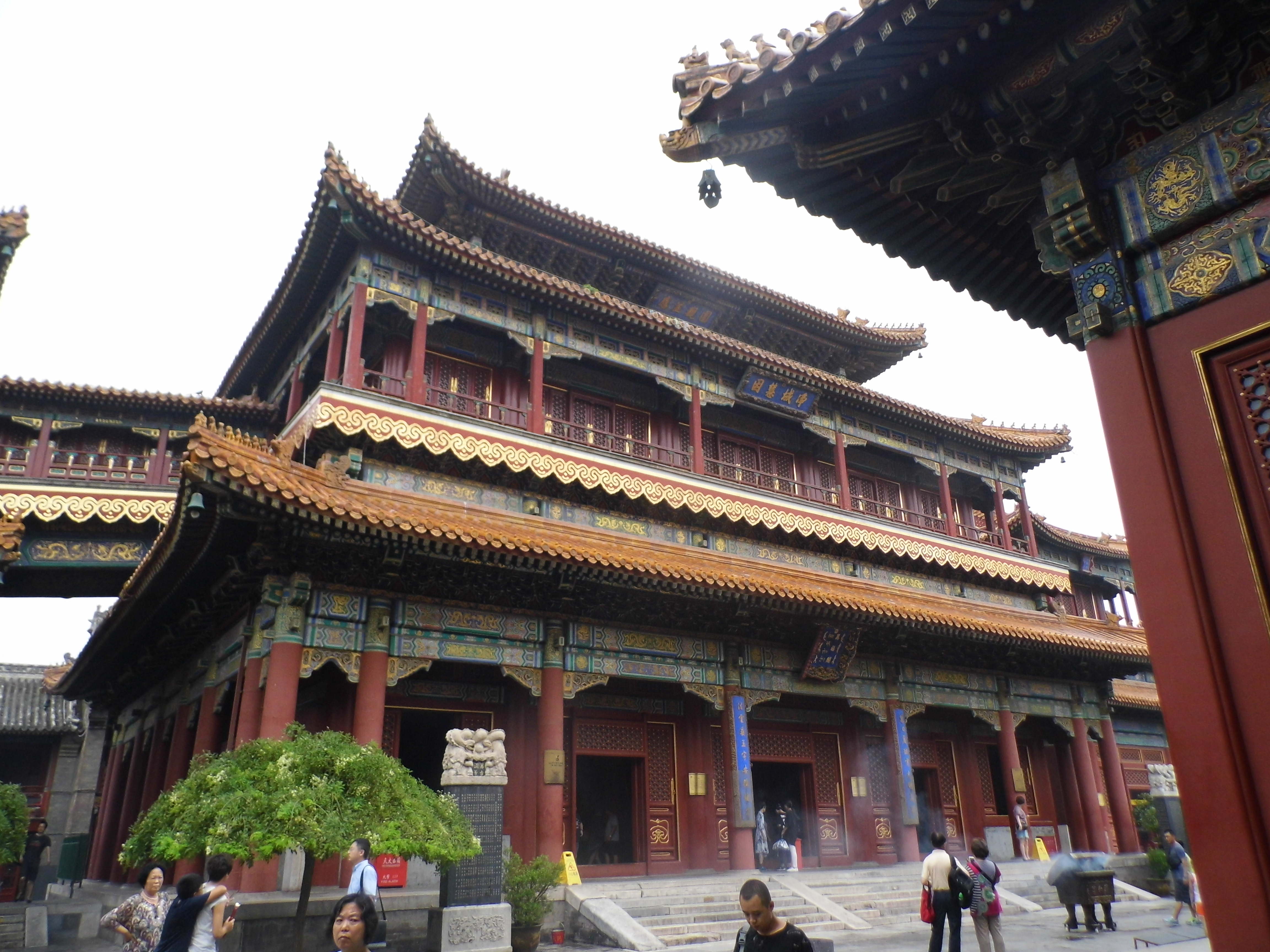
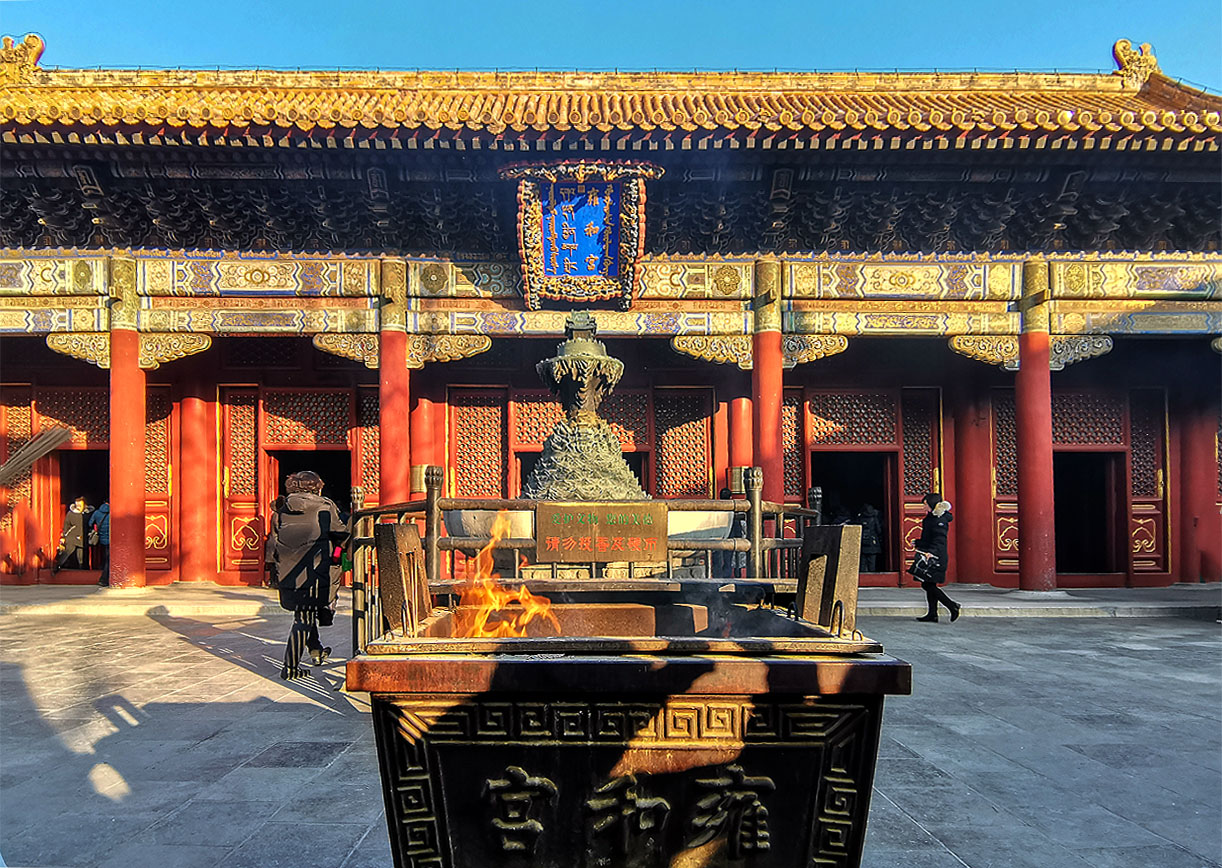
8. Beihai Park
Beihai Park is one of the oldest and most well-preserved imperial parks in Beijing. It features a large lake, serene gardens, and historical structures, including the White Pagoda, built in 1651. The park offers a peaceful retreat with opportunities for boating and enjoying traditional Chinese landscaping.
Highlight:
- Boating on Beihai Lake.
- The White Pagoda, offering panoramic views of the park.
- Numerous pavilions and classical Chinese gardens.
Useful Tips:
- Early morning visits offer a more peaceful experience.
- Bring a picnic to enjoy in one of the many scenic spots.
- Wear comfortable shoes due to the large area.
How to Get There:
- Subway: Line 6 to Beihai North Station, then a short walk to the park entrance.
- Bus: Buses 13, 42, 107 stop near the north and east gates.
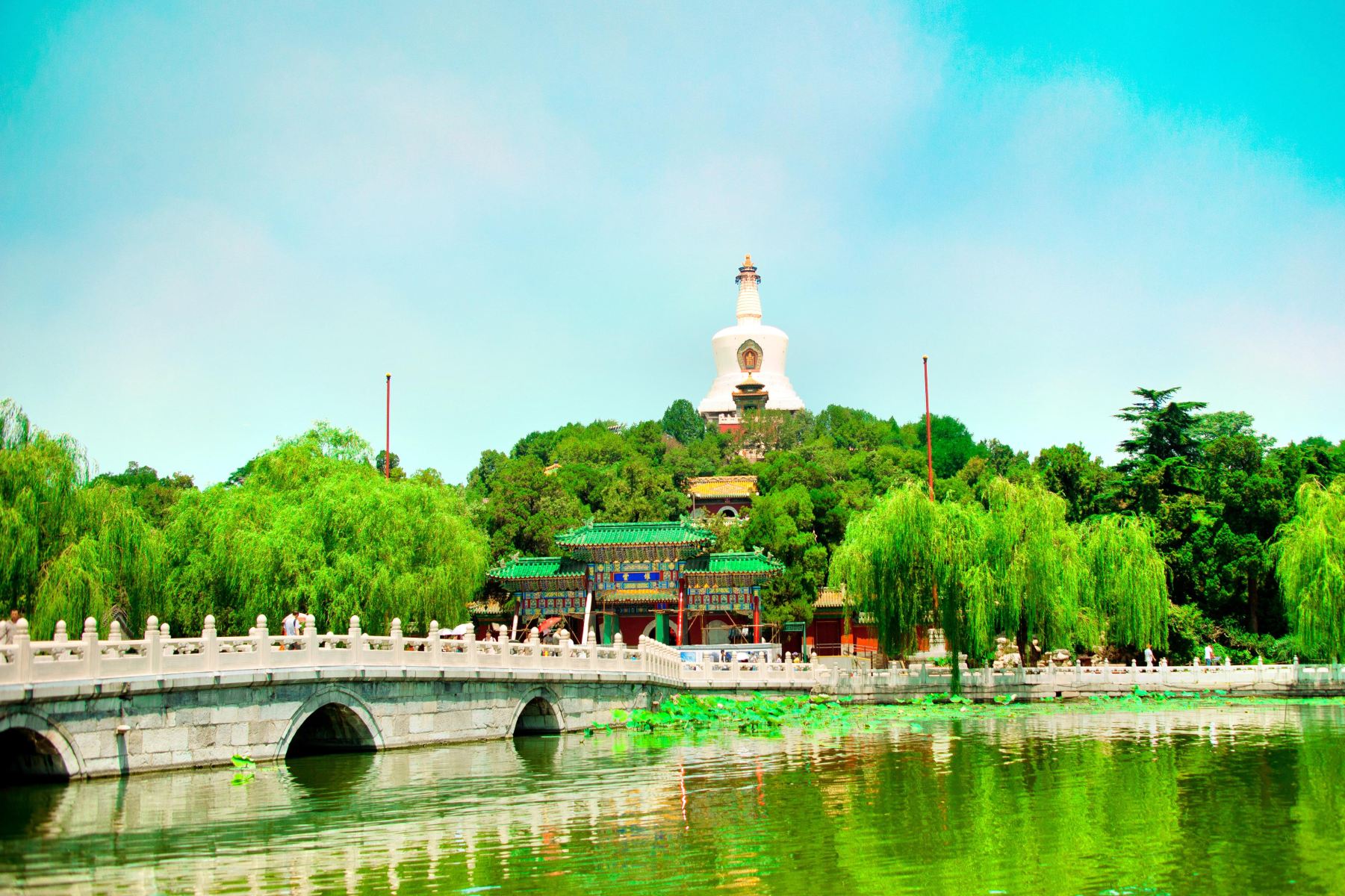
9. Jingshan Park
Jingshan Park, located just north of the Forbidden City, is a lovely public park with a central hill known as Prospect Hill. The hill was constructed using the soil excavated to create the moats of the Forbidden City. The peak offers one of the best panoramic views of Beijing, especially of the Forbidden City.
Highlight:
- Panoramic views from the top of the hill.
- The Pavilion of Everlasting Spring.
- Numerous peonies and other flowers in bloom during spring.
Useful Tips:
- Best visited just before sunset for stunning views.
- Combine the visit with a trip to the Forbidden City for a full day.
- There are several paths to the top, so choose the less crowded ones for a peaceful climb.
How to Get There:
- Subway: Line 8 to Shichahai Station, then a short walk.
- Bus: Buses 101, 103, 109 stop near the south gate.
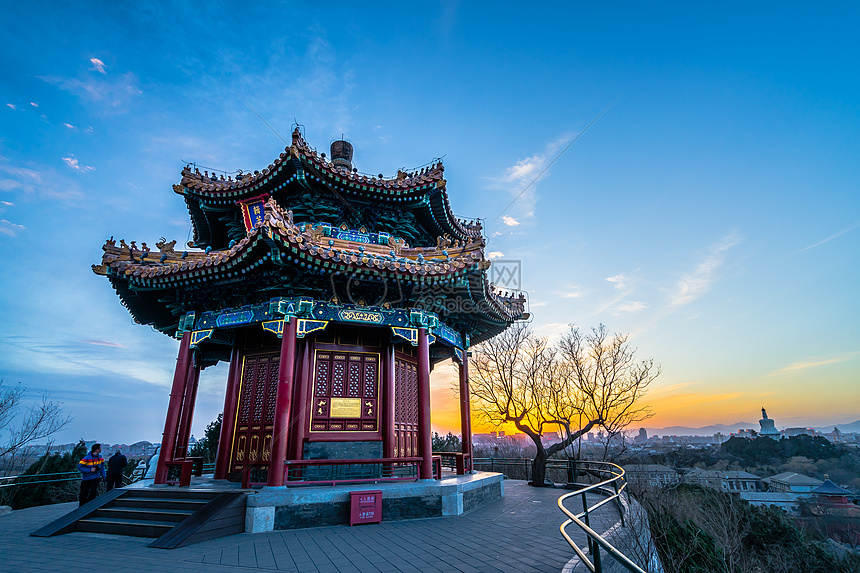
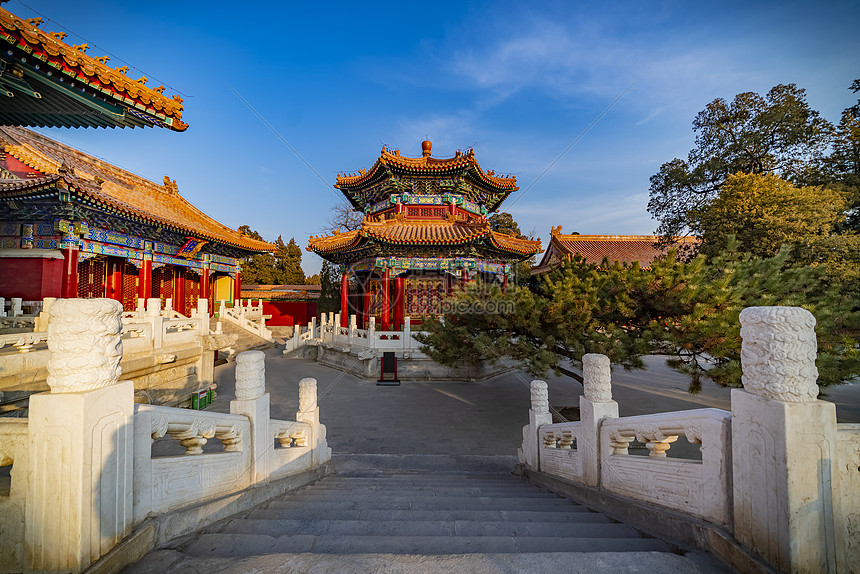
10. 798 Art Zone
The 798 Art Zone, also known as Dashanzi Art District, is a thriving artistic community located in the northeast of Beijing. Once a factory complex, it has been transformed into a hub for contemporary art, featuring galleries, studios, museums, and cafes. The area is known for its vibrant and eclectic mix of modern art and culture.
Highlight:
- Numerous art galleries and exhibitions.
- Street art and installations throughout the area.
- Trendy cafes and shops.
Useful Tips:
- Allocate at least half a day to explore the various galleries.
How to Get There:
- Subway: Get off at Wangjing South Station (望京南地铁站). From there, it’s about a 20-minute walk to the art zone or you can take bus 403 to Dashanzi Lukou Station.
- Bus: Take Bus numbers 403, 418, 593, 851, or 854. After getting off, walk eastward to find the north gate of the art district.
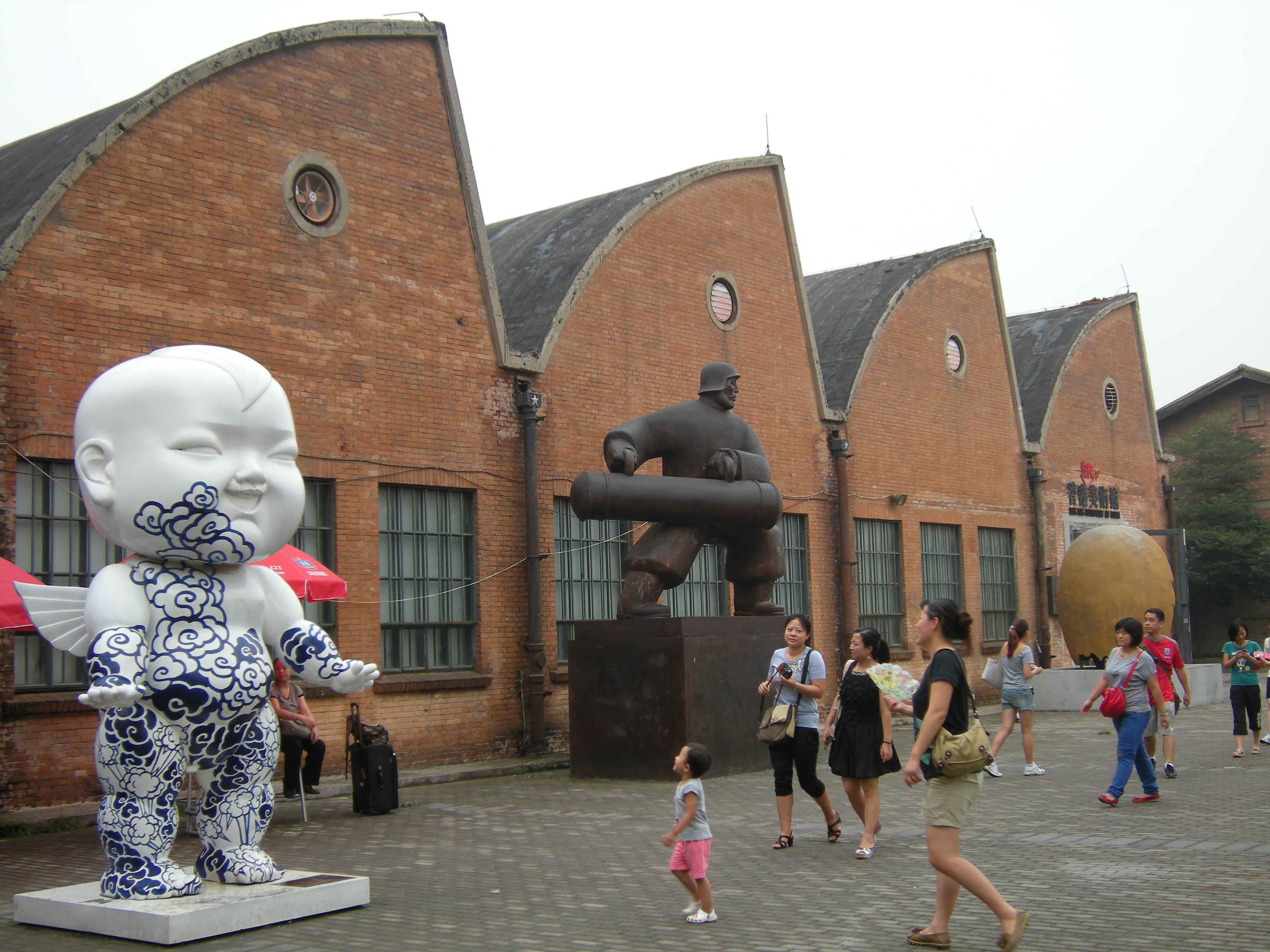
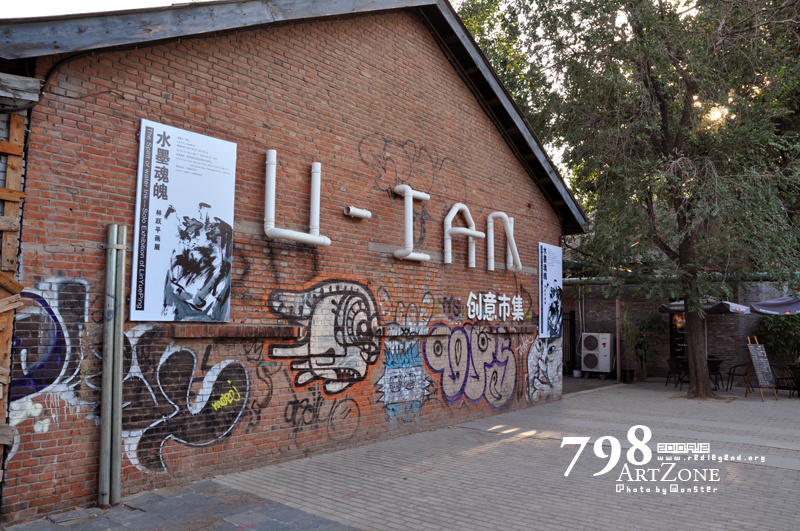
These attractions offer a glimpse into Beijing’s rich heritage and are must-visits for any traveler exploring the city.